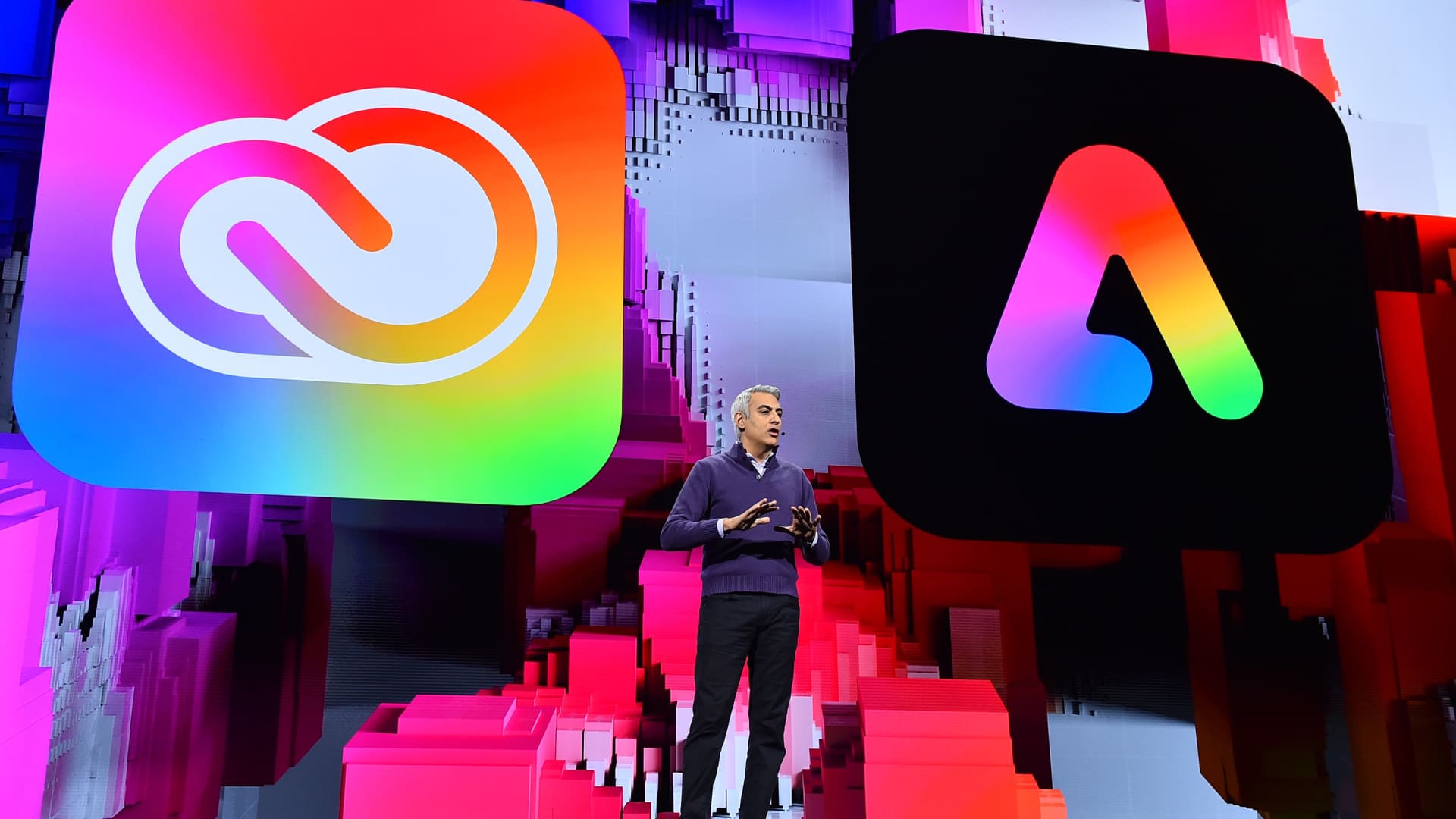David Wadhwani, president of Adobe’s Digital Media unit, delivered a speech at Adobe’s MAX conference in Los Angeles in October 2022. He discussed the rise of generative artificial intelligence programs in the field of graphic design and emphasized their usefulness in meeting the growing demand for visual content. However, he also acknowledged that the results generated by AI programs are only as good as the human input and direction provided.
Nicola Hamilton, president of the Association of Registered Graphic Designers, echoed this sentiment, stating that AI programs like ChatGPT, Midjourney, and DALL-E have become increasingly capable of assisting with writing, planning, and creating advanced artwork, but they still require human expertise and input.
Hamilton noted that the integration of new technology into graphic design is not new, as the profession has continuously evolved with the advancements in printing, computers, the internet, and social media. She highlighted the importance of understanding how much time generative AI tools save designers and how designers can maintain control over the technology.
Designers have started experimenting with generative AI and are finding that it can be a time-saver and help scale their workloads. However, it requires extensive knowledge and training to prompt the AI effectively. Designers can shape the results through their articulation and phrasing, which may become a competitive advantage in the industry.
AI tools like Adobe’s Photoshop AI Generative Fill have caught the attention of designers, but their incorporation into design products is progressing slowly. Adobe’s influence in the industry is strong, and once these features move out of beta, they are likely to become industry standards.
Hamilton highlighted several specific examples of how small to medium-sized design studios are using AI as a useful tool, including building workback schedules, writing rough drafts of client copy, and creating better mockups for clients. She encouraged designers to see AI as a playground for experimentation and exploration of its potential applications.
One major concern surrounding AI in the design industry is copyright. Hamilton mentioned that many generative AI applications reference artwork they don’t own, raising questions about ownership and licensing. It will take years to regulate these issues, so for now, designers should approach the space as a playground rather than relying on AI-generated artwork.
Sven Travis, an associate professor at the Parsons School of Design, highlighted Adobe’s Firefly as an integrated AI tool within the Adobe ecosystem that is likely to surpass other tools in popularity among graphic designers.
Katie Gregorio, senior director of creative cloud marketing at Adobe, emphasized the role of generative AI in inspiration and composition within the graphic design process. She compared the adoption of new technologies by creators to the adaptation and innovation that occurred throughout the history of graphic design.
The majority of Adobe users, ranging from solo freelancers to designers at large enterprises, have embraced generative AI because it saves them time and meets the demands of the ever-increasing need for content.

